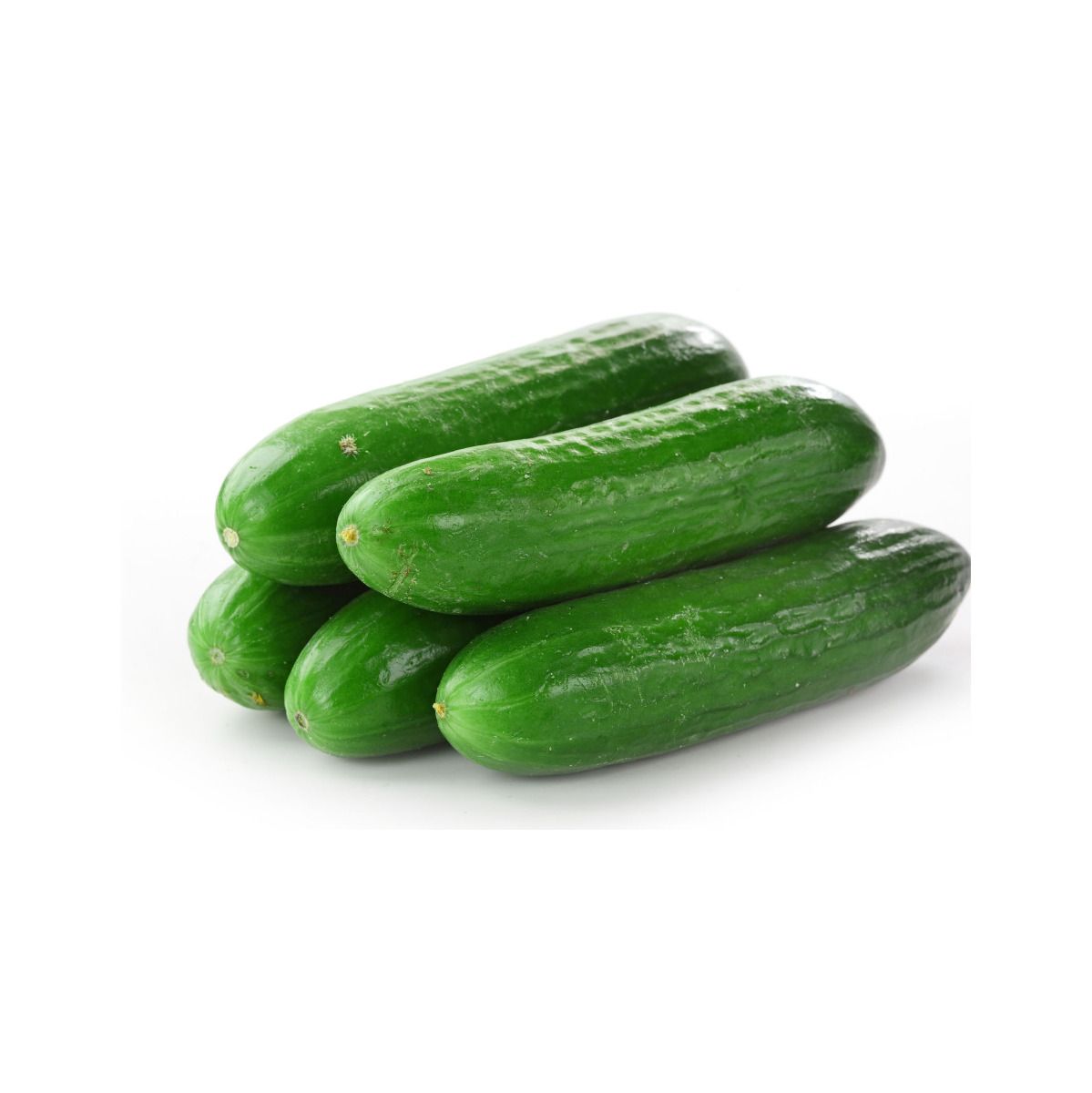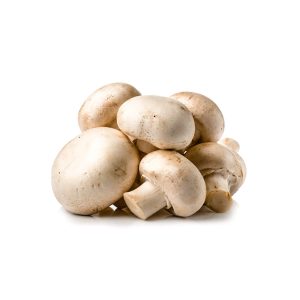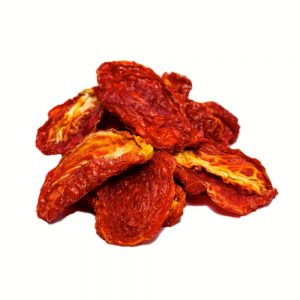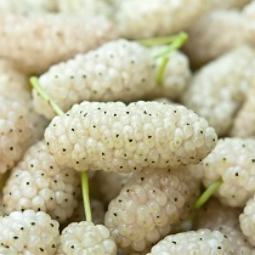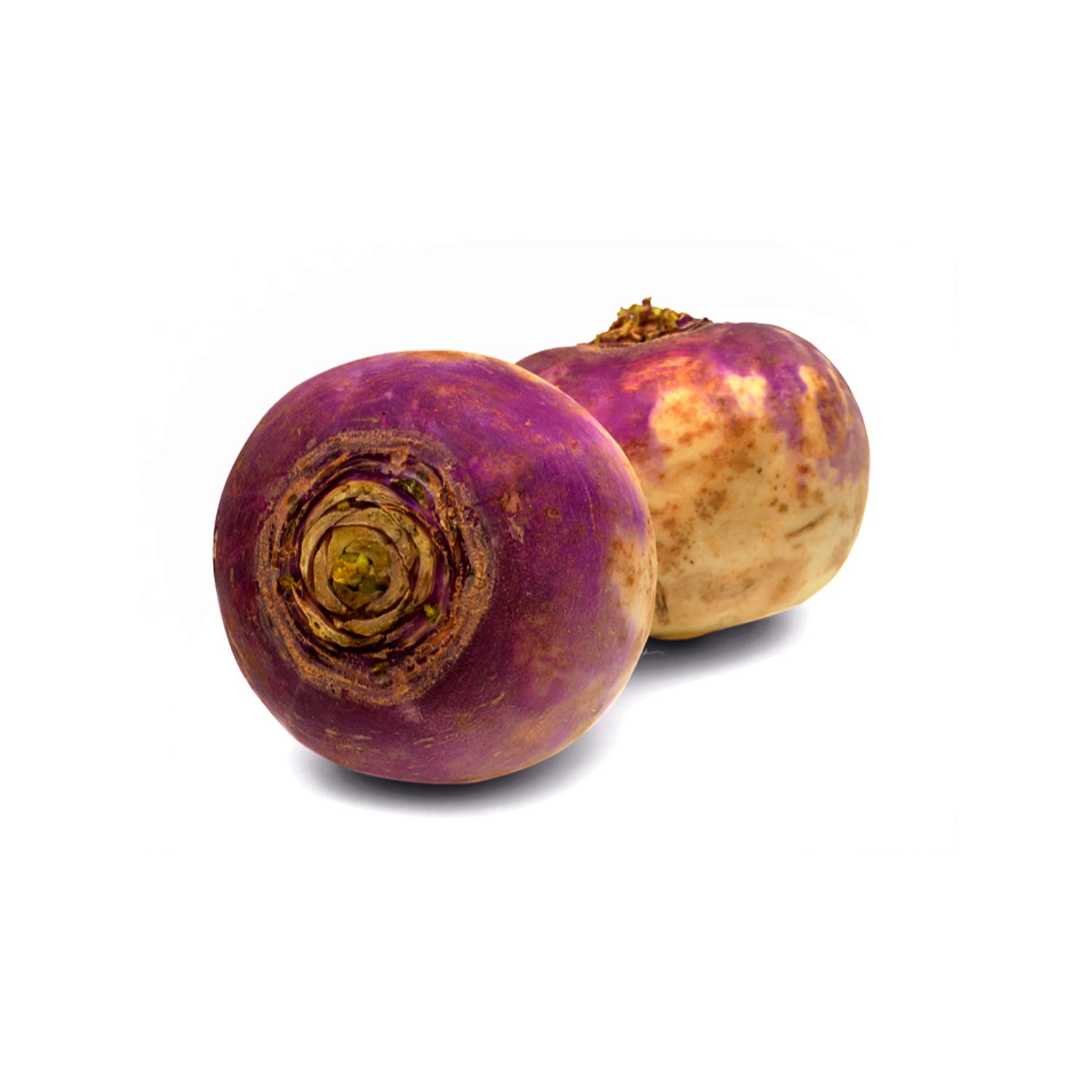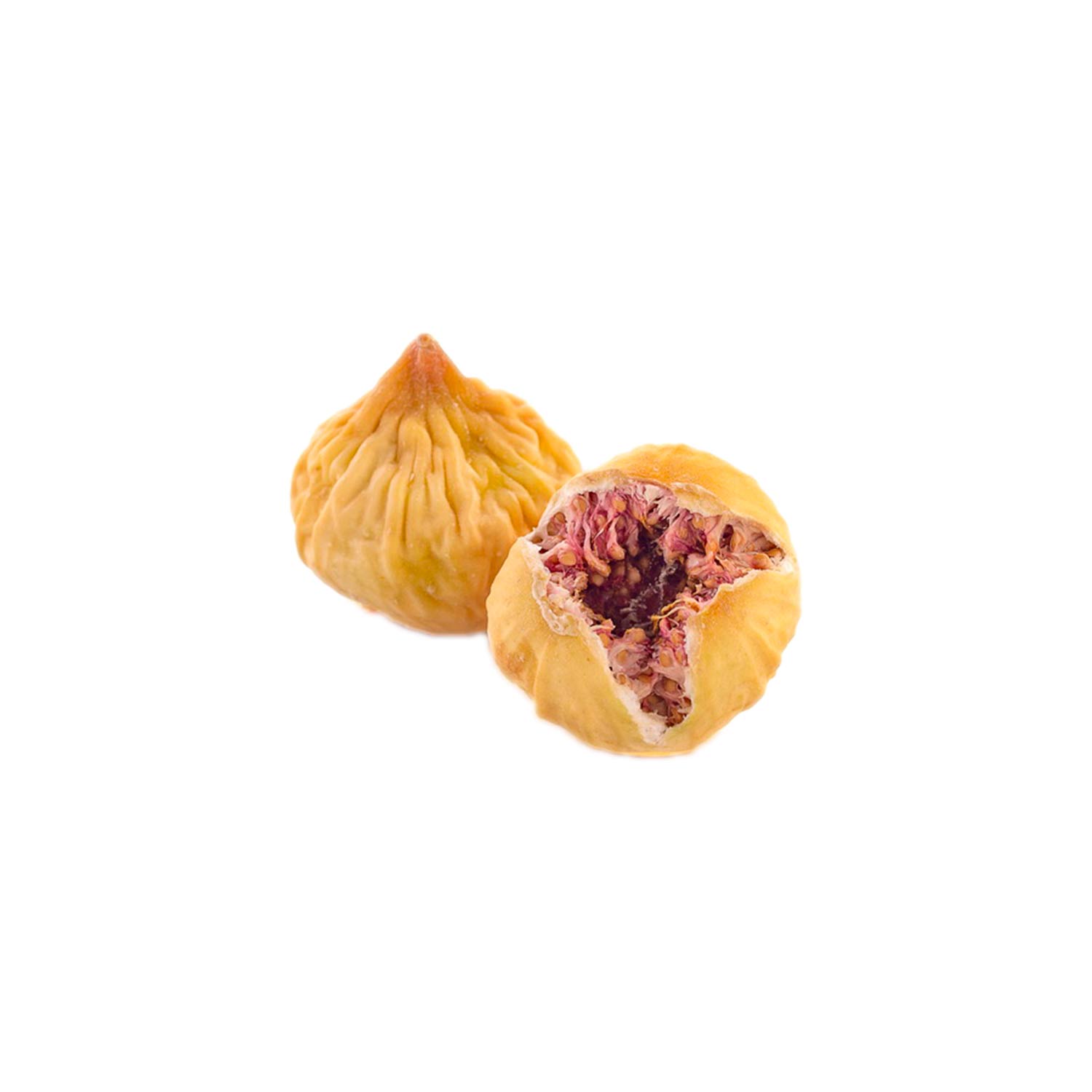Crisp, Clean, and Ready for he World
Why Export Cucumbers? A Global Market with Strong Demand
Cucumbers are one of the most popular vegetables worldwide. They are known for their fresh taste, high water content, and many health benefits. Because of their versatility, cucumbers are used in salads, pickles, and juices.Export Fresh Cucumbers
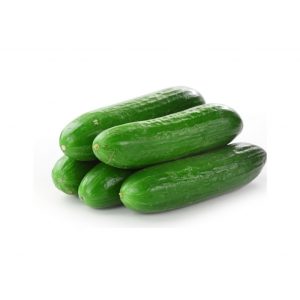

As a result, the demand for fresh cucumbers keeps growing. Countries in Europe, the Middle East, and Asia all look for reliable suppliers. For exporters, this offers a great chance to grow in a stable market.
Our Export Process – From Farm to Shipping Container
We Work with Trusted Farmers
To ensure top quality, we work directly with certified farms. These farms follow good agricultural practices (GAP) and use safe, sustainable growing methods.
Each cucumber is handpicked at the perfect time. This ensures it has the right size, firmness, and color. In addition, only the best crops are chosen for export.Export Fresh Cucumbers
Clean Packing and Cold Storage
After harvest, the cucumbers are washed, sorted, and packed. We use food-safe cartons that protect the cucumbers during shipping. Furthermore, all packing is done in clean, modern facilities.
To keep the cucumbers fresh, we use a cold chain system. This means they are cooled and stored at the right temperature until delivery. As a result, the freshness and crunch are preserved even on long journeys.
Full Export Support
We manage all the paperwork for you. This includes:
Phytosanitary certificates
Export documents
Custom labels for different countries
Quality inspection reports
Because we handle these details, your shipment moves faster and without problems.
Why Choose Our Cucumber Export Service?
1. Premium Freshness
Our cucumbers stay firm, green, and crisp for longer. For example, customers often say our products arrive as fresh as local produce.
2. Affordable and Fair Pricing
Since we work directly with farms, we keep prices low. At the same time, we never cut corners on quality. Therefore, you get the best value for your money.
3. Flexible Shipping Options
We offer both sea and air freight based on your needs. In addition, we support mixed loads and custom packing. Whether you’re a wholesaler or retailer, we adjust to your volume and timeline.
Let’s Work Together – Start Your Cucumber Imports Today
Exporting cucumbers should be easy and reliable. That’s why we support you from the farm to your warehouse. With us, you get great service, strong communication, and quality you can trust.
So, are you ready to grow your business with premium cucumbers? Contact us today for price quotes, product samples, or full export details. We look forward to becoming your trusted cucumber export partner.

